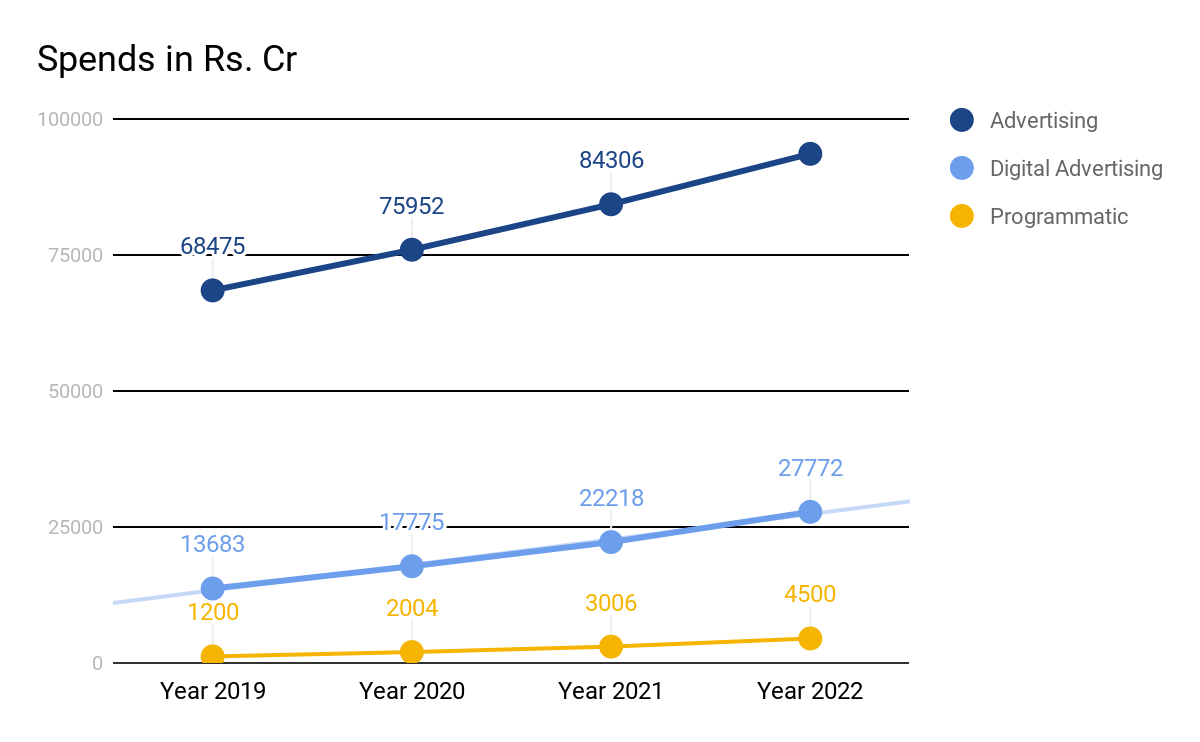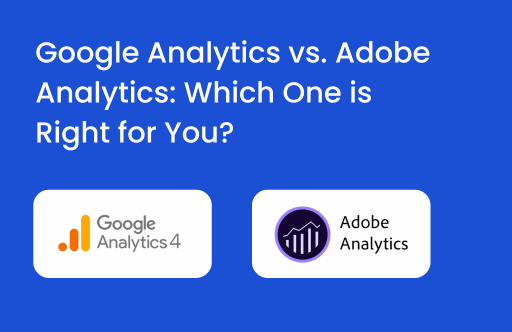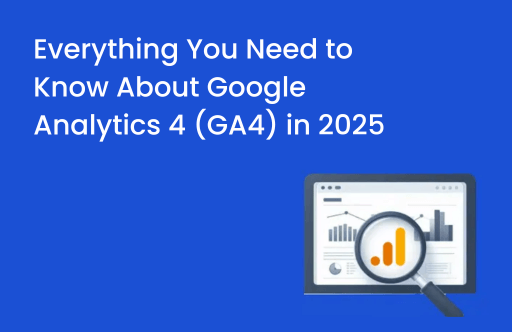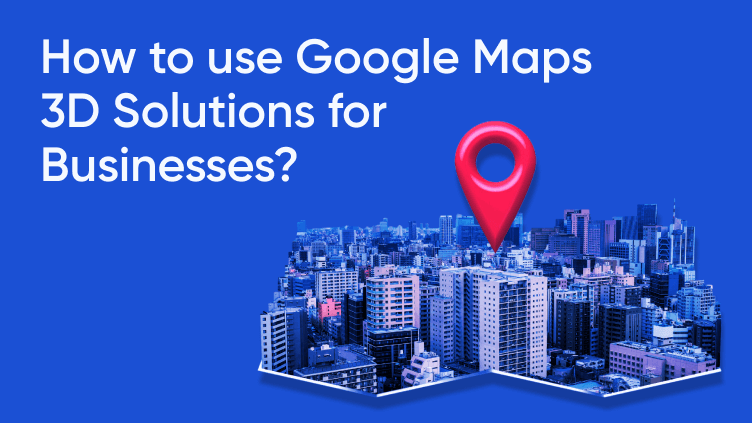[vc_row][vc_column][vc_column_text]The ecosystem of digital advertising is continuously growing and changing. New technologies and solutions are coming up every month and they’re all focused towards a single aim – to get more conversions.
A DSP, demand side platform, is basically a media buying platform that enables advertisers, marketers to get the right digital ad space efficiently and at scale. There are many platforms, helping media buyers get easy traffic, even on the most whimsical offers. On the other side, the advertising industry is getting overcrowded. Keeping media buyers at the bay, spending time (months) and a lot of money just to discover traffic sources with a worthy performance.
In this oversaturated ecosystem of online media buying there are two cores – Ad Networks and Demand-side platforms. They both serve to establish the same goals – a) provide access to online inventory and support the media buying process. However the ways they go through this process is different.
The comparison of ad networks and DSPs reminds us of the animals versus humans ages ago. The fact that the animals, like tigers, are stronger and simple minded, they would have defeated humans in a single combat any day. Yet these species stood no chance to overpower humans. Why?
One advantage made all the difference – Abstract Intelligence. It’s the reason why people are dominating the world.
Coming back to ad networks and DSPs. Similar to the strong animals, ad networks became the trail blazers of online advertising. Almost three decades back, ad networks acted as the middleman between websites wanting to monetise and advertisers that needed space to promote the products, services.
For better, the ad networks monopoly came to an end. By the early 2000’s, programmatic companies started popping up, competing with the ad networks. According to the Digital Advertising in India 2020 report, Programmatic is being considered as an important channel for advertisers in India. Contributes to 10% of the Overall digital spends

While many may think that DSPs are the evolution of ad platforms, it’s not. DSP is a separate branch of the evolution of online advertising. This is the reason why DSPs have coexisted providing more comprehensive and automated ad buying
In this blog we’ll discuss the two, uncover the most obscure corners and find out what of the two can help you reach your advertising goals efficiently and effectively.
Demand-Side Platform
The DSP is a technology that enables advertisers to buy online impressions from a plethora of traffic sources in real-time. In simple words, it’s a platform for advertisers and marketers to promote their products and services through ad campaigns, managing performance and driving new prospects.
For media buyers DSP is a gateway to traffic sources like websites, SSPs and ad exchanges. With just one DSP, the buyer can reach the target audience through many touchpoints at a single time.
DSPs are built to make the media buying process easy. It holds capabilities like targeting, automated optimisation and reports in real time. For instance, DSPS can automate bidding feature that takes complete control of the bidding process. The user sets goals like CTR, cost per conversion, among others, the DSP then automates the KPIs and lowers the bid for traffic sources that are not achieving set ad goals.
This is exactly how DSPs work. All you need to do is click. Overall, DSP makes an ideal setting for running ad campaigns and removes the human-error factor, on the way.
Benefits of DSPs
Cost Effectiveness: When buying ads in a DSP, ad buyers can set a bid that they can afford. Then the DSP takes the bid and offers it to the publishers, and ad exchanges. Then it matches the media buyers requirements. They further hold extended targeting features, like age, interests, location, etc.
Automation: A DSP automates the majority of processes. There are plenty of options like one click copy pasting, retargeting, reports downloads, among others. The best part is that it automates everyday optimisation keeping marketers, media buyers, from babysitting their analytics. It prioritises audiences by itself and also blacklists publishers with bad results.
Let’s review the Ad Networks now
Advertising Networks
The first ad networks entered the industry as companies that simply matched advertisers who wanted to promote their firm with the right target audience through ads. Since the 90’s the ad networks have come a long way. However in 2020, their aim remains the same – work as a middleman between advertisers and publishers.
With the access to multiple platforms, ad networks offer technology to the buyers. Every ad network uses an ad server, one of the key elements of advertising. When media buyers sign up for a specific ad network, the latter gives them 2 things: a) access to online inventory and b) an account for tracking the numbers and the results of ad activities. Ad networks till now sound very similar to DSPs, right?
That’s not the case though. Ad networks give users access to accounts with narrow capabilities when compared to DSPs. Meaning, media buyers can view stats and put ad campaigns on hold, not always though. While the process of setting up the campaigns, connecting with publishers, and everyday optimisation rests on the manager behind the ad network.
Unlike DSPs, they have a lot of scope for human work. When the media buyers sign up for an account they’re assigned to the ad network’s manager. This manager is the one that takes the creatives and campaign details to set up everything on the ad network side saving media buyers time with the campaign launch.
Benefits of Ad Networks
Access to niche publishers
There are different ad networks. For instance, there are many ad networks that sell traffic for a particular sort of offer as business ads, automotive ads or even apparel ads. Inventory based networks aim on mobile, desktop and native advertising. If you want to place an ad on a particular website with millions of visitors, the partner will forward you to a partner premium ad network. Affiliate networks work great for affiliate work and performance ad campaigns.
Paying for Clicks and Conversions
While the DSPs sell traffic at a fixed bid, many ad networks have the option of paying only for conversions, clicks or installs. This helps media buyers secure budgets from the underperforming accounts.

DSPs and ad networks are a must try options for businesses that want to grow online. Especially the ones that have exhausted their social media audience. The programmatic media buying is expected to increase in the coming years
DSPs like Google’s DV360 bring in a great level of transparency, and efficiency to media buyers. Offering ad serving, measurement, attribution and app measurement through firebase. If you’re considering DV360 as an option, get in touch with us. Schedule a call today![/vc_column_text][/vc_column][/vc_row]







